In general, there isn’t only one common cause of neck pain that applies to everyone, yet many people suffer from neck pain. If you have chronic neck pain, you may have received a diagnosis of disc herniation, whiplash, strain, sprain or something else. Frequently those who work at a desk all day experience neck pain related to postural issues, and even fitness fanatics get the occasion pain in the neck from intense training or heavy lifting.
Regardless, most of these conditions have one thing in common: Certain muscles are affected, and these are the muscles we need to target before progressing to more challenging exercises or activities. There are certain muscles in the neck that are designed to help us maintain our normal and healthy curve of the spine. In addition, these muscles are designed to hold our head up all day.
When these muscles become weak or strained, other muscles must pick up the slack and begin working harder. The muscles that begin working harder are the ones that usually get tight, and typically we are encouraged to stretch them. But have you ever noticed that when you stretch stiff muscles, they feel good for a short period of time, only to get tight again? The thing is, if you don’t address the other muscles, the “weak links” that get fatigued or lose strength, then your stretching will be ineffective because you are only addressing the symptoms rather than the root of the issue. All these muscles need to be in “balance.”
Another reason to strengthen your neck muscles is that some studies have indicated that by maintaining proper alignment of your neck and increasing innervation of the neck muscles can lead to an increase in upper body strength!
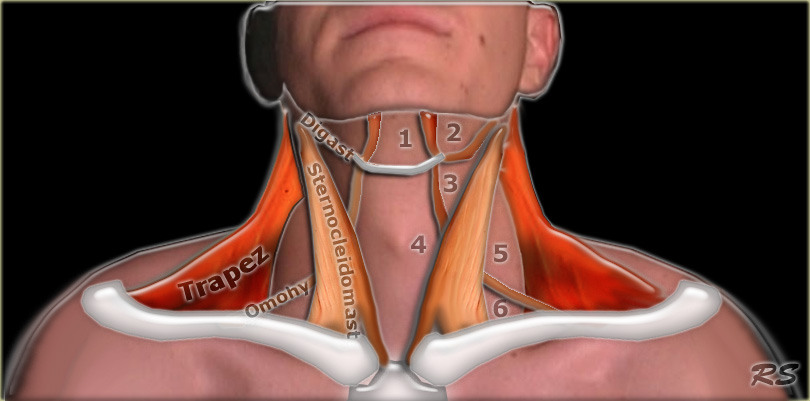
A simple way to test if your deep neck flexors are weak is to try to lift your head off the ground when you are lying down. Simply tuck your chin in to your chest and lift your head off the ground, without shrugging your shoulders up, and then attempt to hold it there for 10 seconds. If the neck begins shaking, or your chin is unable to stay tucked in, these muscles need to be addressed.
When starting a neck strengthening program, you must be careful to be very progressive… start slow and easy and work your way up to more challenging exercises over time. For example, you can begin your exercise program by doing simple chin tucks while sitting or standing. (See video)
Once you get comfortable with basic sitting/standing chin tucks, you can try doing the exercise lying down. Build up to doing around 10 reps, holding for 5 to 10 seconds each rep. The goal is to increase the muscular endurance of your muscles as well as their strength. Your neck is designed to carry the weight of your head all day, not to lift trains or buses!
Watch my video below for some more exercises to prevent neck and back pain. (Keep in mind, I made this video a LONG time ago… but the information is relevant):
According to elite trainer John Paul Catanzaro, activating the long cervical (neck) extensors can help reposition C5 and C6 (two vertebrae in your neck), which innervate the biceps. This will increase curling and pulling strength (may increase biceps strength by as much as 10%) so try this neck bridge technique just before performing your back and biceps exercises.
Sit on a Swiss ball. Walk forward until only the back of your head is supported on the ball. Keep the hips up and make sure to accentuate the rib cage. Now try to hold that position for 20 to 30 seconds. Again, it’s important to be progressive with your neck training, so start standing with your back against the wall, tuck your chin in, and press back against the wall lightly. Gradually work up to 2 or 3 sets of 20 to 30 seconds each.
If you’re a subscriber to my newsletter than you should have seen my video bonus “The FIVE Best Exercises for Size and Strength“… check it out here: https://top-form-fitness.com/bestfive/
–> I demonstrate neck exercises for both flexion and extension at 22:07 in the video.
The 5 Best Exercises for Size and Strength from Josh Hewett on Vimeo.
So developing a strong stable neck not only prevents neck pain, increases upper body pulling strength, helps protect you from injury, and improves your posture, but it can also build a thicker, stronger looking neck!
Post a message below if you have any questions or comments on neck training.
Stay Strong!
Josh
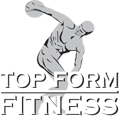

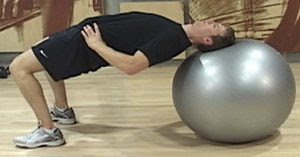


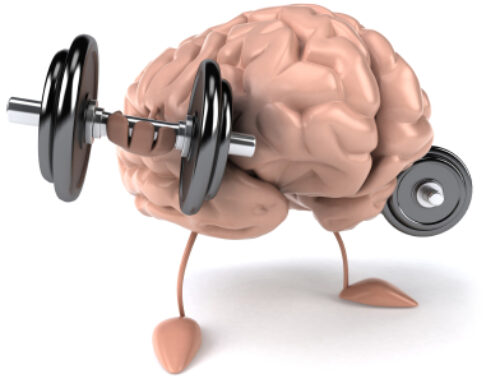
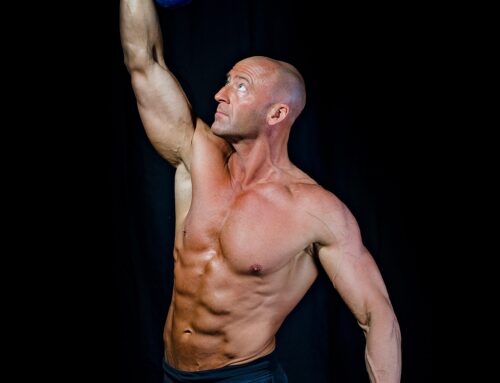
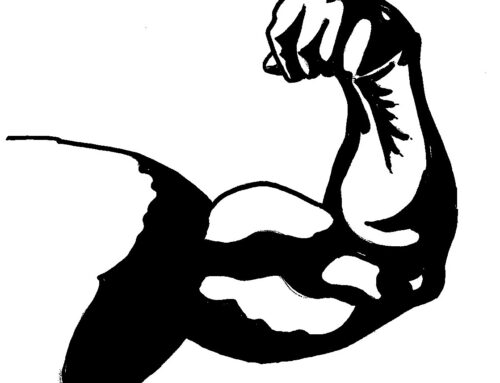
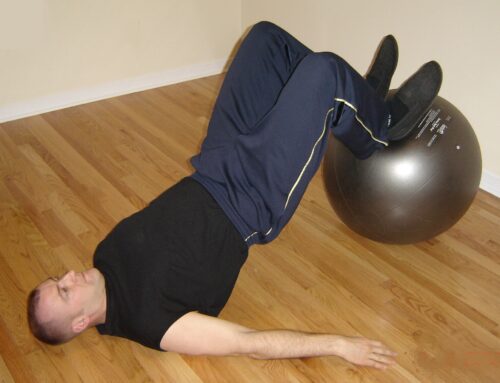
… [Trackback]
[…] Read More: top-form-fitness.com/fitness-blog/strong-neck-less-pain-more-strength/ […]